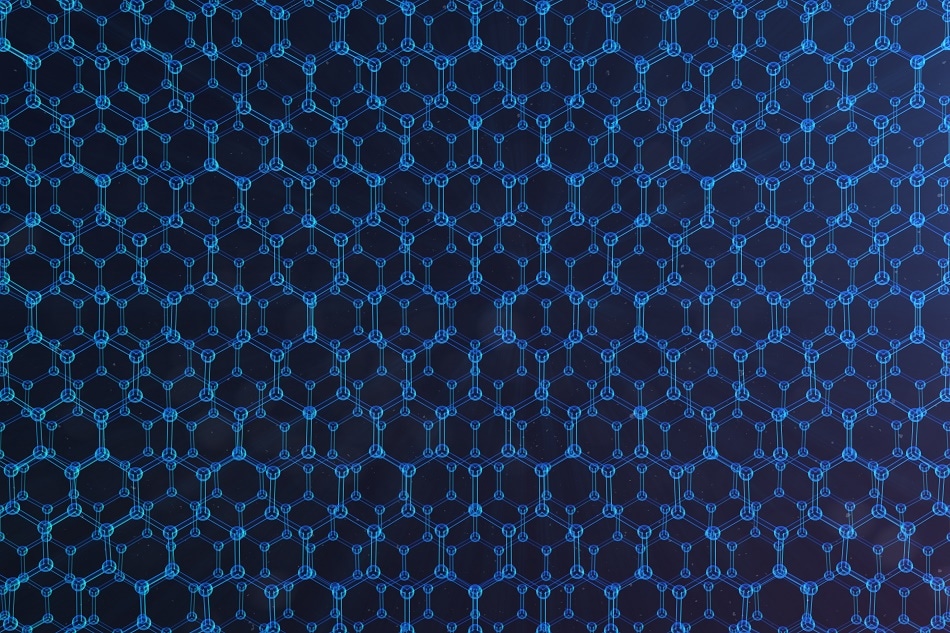 Image credit: Rost9 / Shutterstock.com
Image credit: Rost9 / Shutterstock.com
The Internet of Things (IoT) has fundamentally changed the way we live and operate as it impacts mobility, makes houses smart and factories more productive.
This system of interrelated devices has long been a presence in our everyday, from the first modified Coke vending machine that could report its inventory and thus self-manage its stock levels, to state-of-the-art gadgets we have in the ‘smart home’ to create the idealized living environment. There has been something of a revolution over the past 30 years concerning the transference of data over networks and systems without the need for human-to-human or human-to-computer exchange.
Now, researchers at the University of Manchester believe graphene could be set to have a major role to play in how the future of the IoT shapes up. The team has recently developed humidity sensors that are constructed by layering graphene oxide over graphene, embedded into RFIDs, thus creating a workable structure with the capability to connect to a wireless network.
The team believes the sensors harvest their own power meaning they can function without an additional battery, which would make them more lightweight and cost effective. “Battery-free wireless sensing is in the heart of IoTs technology, allowing collection of information about the immediate state of the object without the need of batteries,” the team stated in their research, published in the journal Nature. Moreover, the team believes that these new sensors could be easily mass produced, and the battery free component significantly lowers cost.
Graphene has had much increased publicity since its discovery in 2004 by Andre Geim and Konstantin Novoselov at the University of Manchester. The pair subsequently went on to win the Nobel Prize in Physics in 2010 for their experiments relating to two-dimensional graphene. The applications of this ‘wonder material’ are wide in scope with advances in mobile battery technology, microscopy, biological engineering, and even automotive as the UK based Briggs Automotive Company (BAC) launched a new track-car this year in which every carbon fiber body panel was graphene-enhanced.
It is no wonder then that the potential for this material reaches far beyond the physical world and into the virtual with an influence on IoT. Over the past decade more than 12,000 graphene related patents have been filed and commercial production is already underway.
The University of Manchester team believe that graphene can be significantly useful for IoT applications due to its unusual properties: it has the ability to track and record local changes in moisture and temperature as well as stresses in structural components. Furthermore, every atom of graphene is exposed to its surrounding environment meaning it can even detect chemicals and toxic gases because it is so sensitive, the team say, “It is capable of detecting one molecule of gas that lands on it.” Besides these unique qualities, the prospective future for sensor technology, equipped with an RFID enabler, should generate excitement in certain in industries.
For example, this new type of battery-free sensor could be deployed for use in healthcare as it is not restricted to any particular wireless network meaning hospitals and doctor’s practices would not be confined to a local network and could offer a wider range of monitoring services to patients off-site - the sensors are capable of detecting biological agents in the body.
Another suitable application could turn the hospital into a ‘smart’ facility with real time detection of the environment the sensors could relay information to ensure comfortable environments on wards to suit a patient’s needs, drugs are stored at the right temperatures, as well as maintaining security measures.
Yet, this breakthrough is not limited to network solutions as the team announced, “The excitement does not end with this new application here but leads to the future possibilities of integrations of this technique with other 2-D materials to open up a new horizon of wireless sensing applications.” Sensors could be fitted to large scale structures such as buildings and bridges, detecting stresses in vulnerable spots meaning maintenance work and necessary upgrades could be carried out swiftly and in good time.
This project is one of many fascinating spheres regarding the research and development of graphene-based technologies and we should see the true potential of this material soon fulfilled. What’s more, is that if IoT is able to benefit from the wonder material it could mean the benefits in our everyday lives parallel the evolution of technology.
Disclaimer: The views expressed here are those of the author expressed in their private capacity and do not necessarily represent the views of AZoM.com Limited T/A AZoNetwork the owner and operator of this website. This disclaimer forms part of the Terms and conditions of use of this website.